Kshitij Jain
Unsupervised Multilingual Alignment using Wasserstein Barycenter
Jan 28, 2020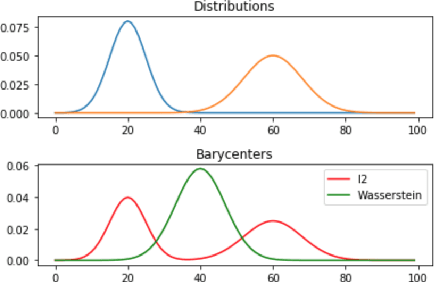

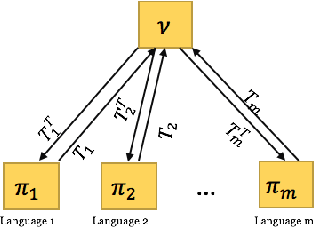
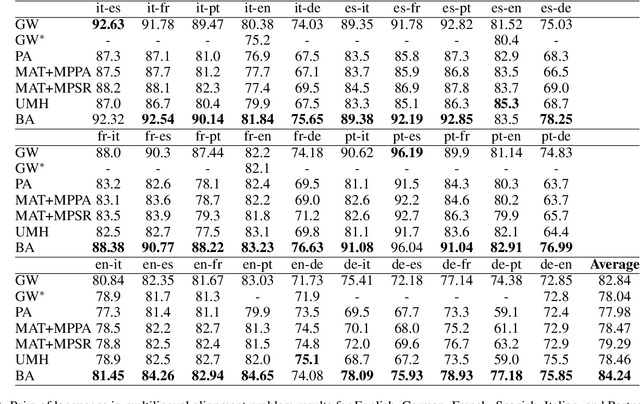
Abstract:We study unsupervised multilingual alignment, the problem of finding word-to-word translations between multiple languages without using any parallel data. One popular strategy is to reduce multilingual alignment to the much simplified bilingual setting, by picking one of the input languages as the pivot language that we transit through. However, it is well-known that transiting through a poorly chosen pivot language (such as English) may severely degrade the translation quality, since the assumed transitive relations among all pairs of languages may not be enforced in the training process. Instead of going through a rather arbitrarily chosen pivot language, we propose to use the Wasserstein barycenter as a more informative ''mean'' language: it encapsulates information from all languages and minimizes all pairwise transportation costs. We evaluate our method on standard benchmarks and demonstrate state-of-the-art performances.
Relational Representation Learning for Dynamic (Knowledge) Graphs: A Survey
May 27, 2019
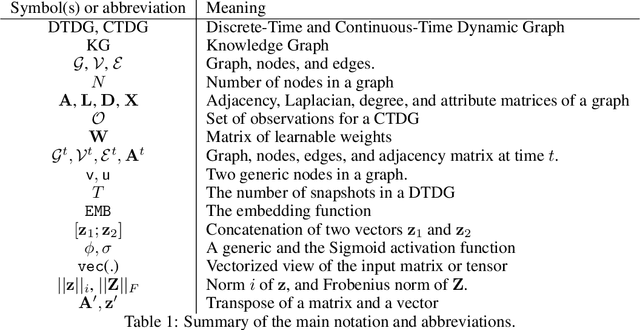

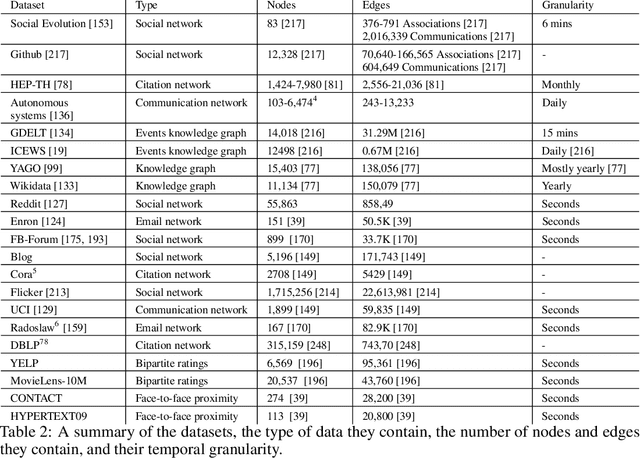
Abstract:Graphs arise naturally in many real-world applications including social networks, recommender systems, ontologies, biology, and computational finance. Traditionally, machine learning models for graphs have been mostly designed for static graphs. However, many applications involve evolving graphs. This introduces important challenges for learning and inference since nodes, attributes, and edges change over time. In this survey, we review the recent advances in representation learning for dynamic graphs, including dynamic knowledge graphs. We describe existing models from an encoder-decoder perspective, categorize these encoders and decoders based on the techniques they employ, and analyze the approaches in each category. We also review several prominent applications and widely used datasets, and highlight directions for future research.
 Add to Chrome
Add to Chrome Add to Firefox
Add to Firefox Add to Edge
Add to Edge